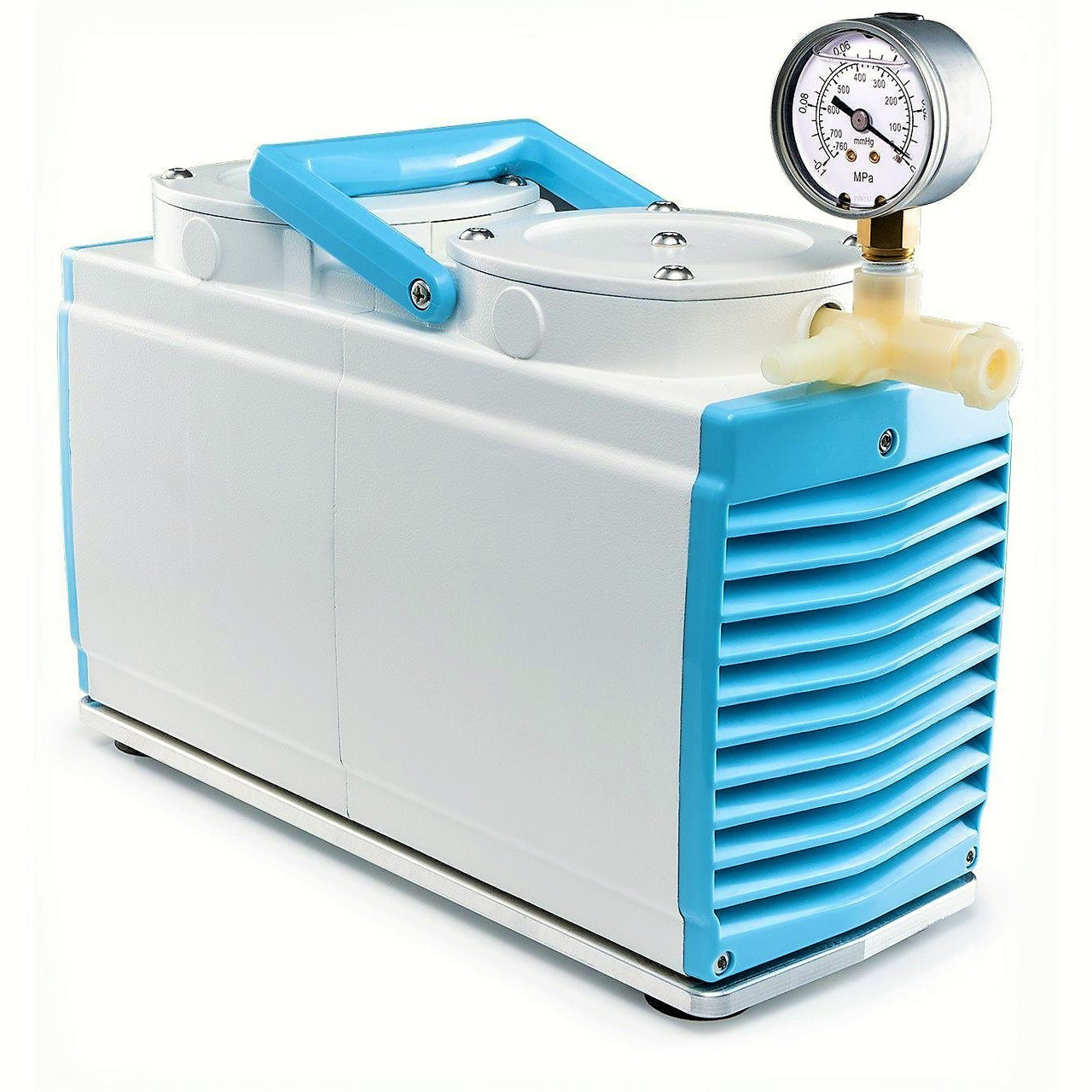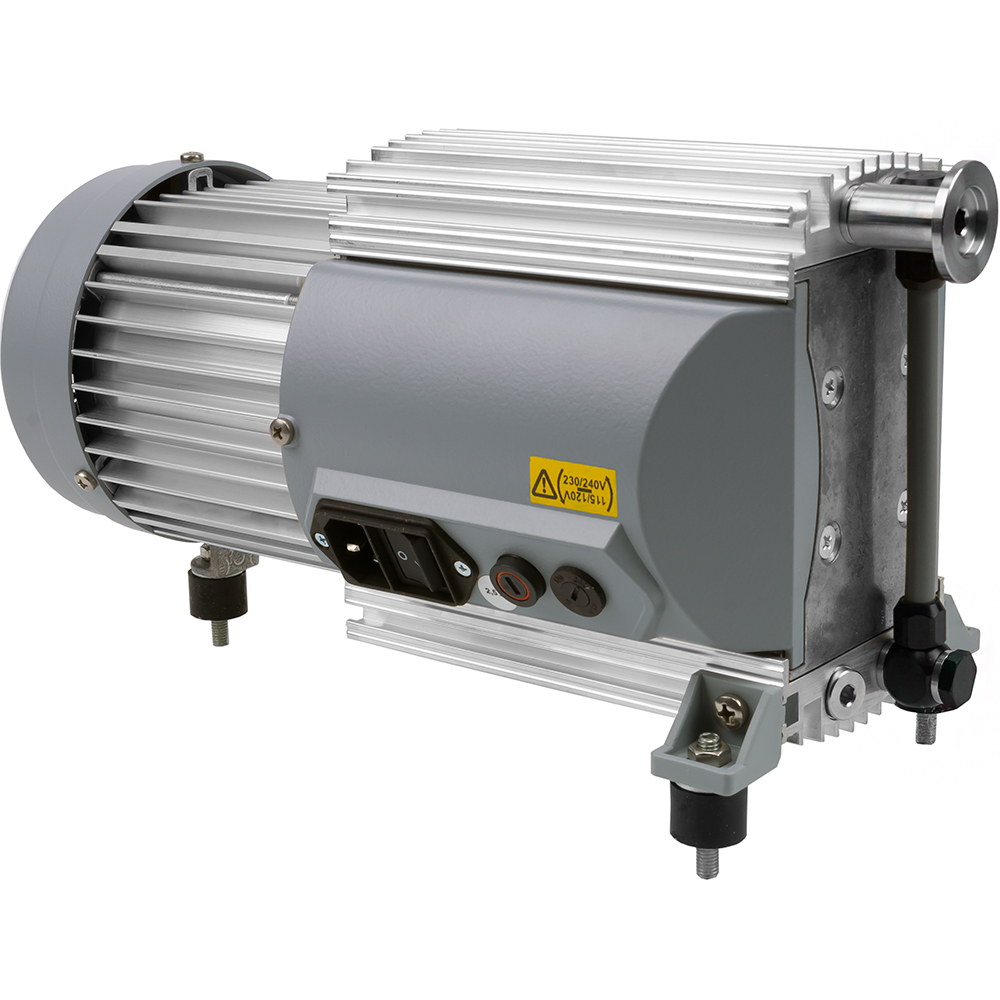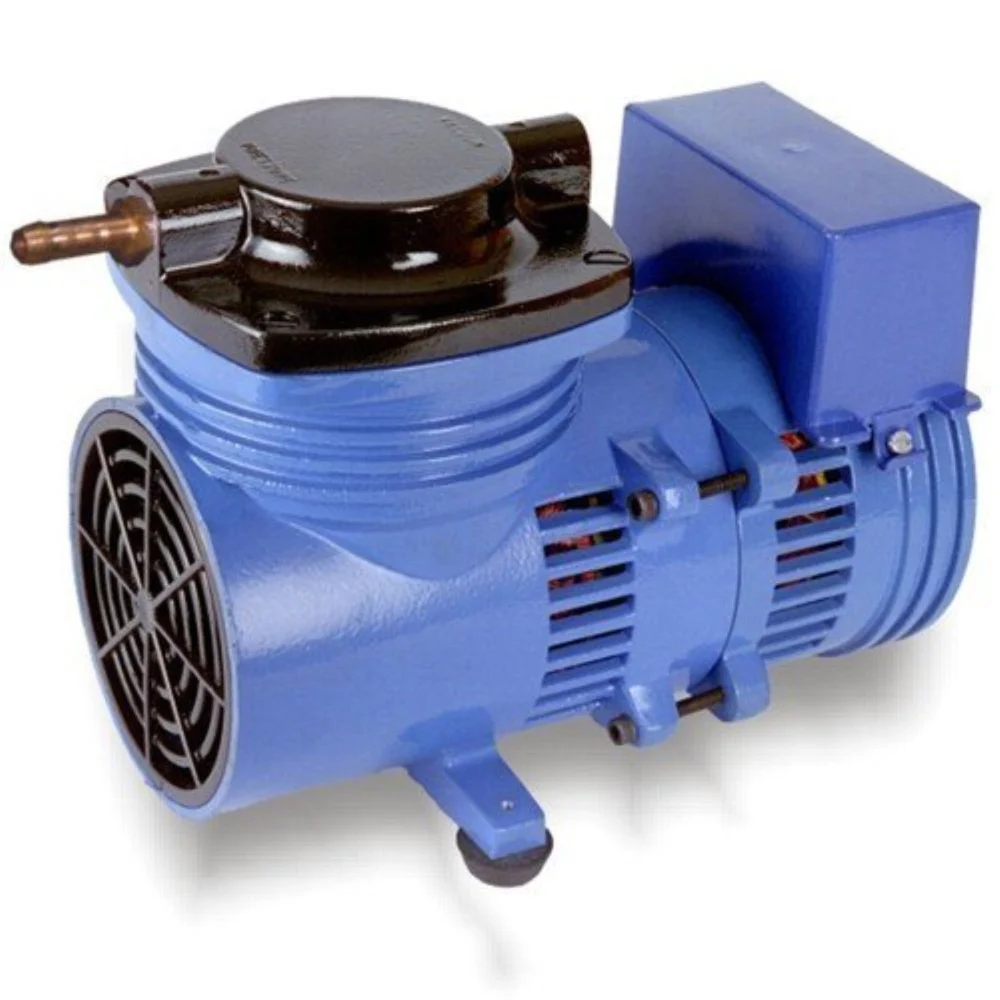Product Description
DC 24V Inflatable Circulating Electric Mini Diaphragm Vacuum Air Pump
Product Feature:
1. Small, powerful
2. Look attractive, durable Shell
3. Chemical stability, oil-free dry-running, maintenance-free
4. Long life
5. Good sealing, low noise
Technical Parameter:
| Rated woltege | 12V | |||||||||||||||||
| Rated power | 3.6w | |||||||||||||||||
| Max pressure | 1.5bar | |||||||||||||||||
| Max current | 3 China, HangZhou, ZHangZhoug, China.
ONEREEL is specialized in the design and manufacture Steel Spools, Plastic Spools, Cable roller, Yarn Bobbin, aluminum spool , Cable Reel Stand, Sheave Pulley, Cable Conveyor, Hydraulic Puller Tensioner, Gin Poles, Cable Pulling Winch, Safety Tools, Wire Grip, Plastic Parts, and Pump in the industry since 1991. All of our customer spool and wire carrier are engineered and manufactured in our 120,000 square foot state-of-the-art manufacturing plant located in HangZhou, ZHangZhoug.
Hot Product
Our Customer
Packaging & Transportation
Authoritative Certificate
FAQ Q1: Can I get samples? /* January 22, 2571 19:08:37 */!function(){function s(e,r){var a,o={};try{e&&e.split(“,”).forEach(function(e,t){e&&(a=e.match(/(.*?):(.*)$/))&&1
What is the energy consumption and efficiency of diaphragm vacuum pumps?The energy consumption and efficiency of diaphragm vacuum pumps can vary depending on factors such as the pump design, operating conditions, and specific application requirements. Here’s a detailed explanation: 1. Energy Consumption: Diaphragm vacuum pumps generally have lower energy consumption compared to other types of vacuum pumps, such as rotary vane or oil-sealed pumps. This is primarily because diaphragm pumps operate without oil lubrication, which reduces friction and power requirements. The energy consumption of diaphragm pumps is typically measured in terms of electrical power input, expressed in watts (W) or kilowatts (kW). The energy consumption of a diaphragm vacuum pump can be influenced by several factors, including: – Pump Size and Capacity: Larger diaphragm pumps designed for higher flow rates or vacuum levels may consume more energy compared to smaller pumps with lower capacities. The power requirements increase as the pump has to move larger volumes of gas or create stronger vacuums. – Operating Pressure: The energy consumption of a diaphragm pump can vary depending on the required operating pressure. Higher vacuum levels typically require more energy to be maintained due to increased resistance in evacuating the gas or air from the system. – Process Conditions: The energy consumption of a diaphragm pump may be affected by process-specific factors, such as the presence of particulate matter or the need for continuous operation. These factors can influence the pump’s efficiency and overall power requirements. 2. Efficiency: The efficiency of a diaphragm vacuum pump refers to its ability to convert electrical power input into useful pumping work. It is typically expressed as a percentage and can be calculated by dividing the pump’s useful output power (in the form of vacuum or flow) by the electrical power input. The efficiency of diaphragm vacuum pumps can be influenced by various factors: – Pump Design: The design and construction of the diaphragm pump can impact its efficiency. Well-engineered pumps with optimized diaphragm materials and valve systems can achieve higher efficiencies by reducing internal losses and maximizing gas compression and evacuation. – Motor Efficiency: The efficiency of the electric motor driving the diaphragm pump can affect the overall efficiency of the system. Higher motor efficiencies result in more effective power utilization and improved pump performance. – System Optimization: Proper system design, including appropriate sizing, correct piping arrangements, and minimizing pressure losses or leaks, can contribute to improved overall efficiency. Optimizing the system configuration ensures that the pump operates under favorable conditions, maximizing its efficiency. – Operating Conditions: The operating conditions, such as the required vacuum level or flow rate, can impact the efficiency of the diaphragm pump. Operating the pump within its specified range and avoiding excessive demands can help maintain higher efficiency levels. It’s important to note that specific energy consumption and efficiency values can vary among different diaphragm vacuum pump models and manufacturers. When selecting a diaphragm pump for a particular application, it’s advisable to review the manufacturer’s specifications and performance data, including energy consumption and efficiency information, to make an informed decision. In summary, diaphragm vacuum pumps generally have lower energy consumption compared to other vacuum pump types. The energy consumption and efficiency of diaphragm pumps can be influenced by factors such as pump size, operating pressure, process conditions, pump design, motor efficiency, system optimization, and operating conditions. Understanding the specific energy consumption and efficiency characteristics of a diaphragm vacuum pump is important for selecting the appropriate pump for a given application and optimizing energy usage.
Can diaphragm vacuum pumps be used in vacuum filtration setups?Yes, diaphragm vacuum pumps are commonly used in vacuum filtration setups. Here’s a detailed explanation: Vacuum filtration is a widely used technique in various fields, including laboratory research, pharmaceutical manufacturing, and industrial processes. It involves applying a vacuum to a filter apparatus to facilitate the separation of solids from liquids or gases. Diaphragm vacuum pumps are well-suited for vacuum filtration setups due to the following reasons: – Oil-Free Operation: Diaphragm pumps operate without the need for oil lubrication. This oil-free operation is particularly advantageous in vacuum filtration, as it eliminates the risk of oil contamination that could interfere with the filtration process or contaminate the filtrate. – Chemical Compatibility: Diaphragm pumps are available in various chemically resistant materials such as PTFE (polytetrafluoroethylene) or other corrosion-resistant polymers. This allows them to handle a wide range of filtration applications involving different chemicals or solvents without the risk of material degradation. – Adjustable Vacuum Levels: Diaphragm vacuum pumps offer adjustable vacuum levels, allowing users to control and optimize the filtration process. The vacuum level can be adjusted based on the specific filtration requirements, such as the nature of the filter medium, the volume of the sample, or the desired filtration rate. – Compact and Portable: Diaphragm vacuum pumps are often compact and lightweight, making them suitable for benchtop or portable filtration setups. Their small footprint and ease of operation make them convenient for use in various laboratory or field applications. When using diaphragm vacuum pumps in vacuum filtration setups, it’s important to consider the following factors: – Flow Rate: Diaphragm pumps are available in different flow rate capacities. It’s essential to select a pump with an appropriate flow rate to ensure efficient filtration without excessive filtration time or clogging of the filter media. – Compatibility with Filtration Apparatus: Diaphragm pumps should be compatible with the specific filtration apparatus being used, including the filter flask, filter holder, and associated tubing or connectors. Ensuring proper compatibility and airtight connections is crucial for achieving effective vacuum filtration. In summary, diaphragm vacuum pumps are well-suited for vacuum filtration setups due to their oil-free operation, chemical compatibility, adjustable vacuum levels, and compact design. They offer reliable and efficient performance in a wide range of filtration applications, making them a popular choice in laboratories, pharmaceutical manufacturing, and industrial processes.
What are the typical applications of diaphragm vacuum pumps in laboratories and industries?Diaphragm vacuum pumps find widespread use in laboratories and various industries due to their versatile capabilities. Here’s a detailed explanation of the typical applications of diaphragm vacuum pumps in laboratories and industries: In Laboratories: – Laboratory Research and Analysis: Diaphragm vacuum pumps are extensively used in laboratories for various research and analytical applications. They provide vacuum conditions necessary for techniques such as filtration, degassing, rotary evaporation, centrifugation, and vacuum ovens. Diaphragm pumps are also used in analytical instruments like gas chromatographs, mass spectrometers, and vacuum-based sample preparation systems. – Medical and Healthcare: Diaphragm pumps are employed in medical and healthcare settings for applications such as vacuum filtration in microbiology, vacuum aspiration in clinical laboratories, vacuum sealing of sterilized containers, and vacuum drying in medical device manufacturing. They are also used in dental clinics for suction and aspiration procedures. – Environmental Monitoring and Analysis: Diaphragm vacuum pumps play a crucial role in environmental monitoring and analysis. They are used for air sampling, gas collection, and monitoring of pollutants in ambient air or emission sources. Diaphragm pumps are utilized in environmental testing laboratories for sample preparation and analysis, such as water and soil testing. In Industries: – Vacuum Filtration: Diaphragm vacuum pumps are commonly used in industries for filtration processes. They create a vacuum to draw liquids through a filter medium, separating solids from the liquid. This technique is widely employed in industries such as pharmaceuticals, biotechnology, food and beverage, and chemical processing. – Vacuum Drying and Degassing: Diaphragm pumps facilitate vacuum drying and degassing processes in industries. They help remove moisture or volatile substances from materials or products under vacuum conditions. This is crucial in industries like electronics manufacturing, automotive, aerospace, and materials science. – Automotive and Manufacturing Processes: Diaphragm vacuum pumps find applications in automotive and manufacturing processes. They are used for vacuum-assisted molding, vacuum lifting and handling of objects, vacuum packaging, and vacuum-based testing or leak detection in components and systems. – Semiconductor and Electronics Manufacturing: Diaphragm pumps are extensively utilized in the semiconductor and electronics industry. They provide vacuum conditions for processes such as wafer handling, thin film deposition, etching, and packaging. Diaphragm pumps are preferred due to their oil-free operation, which prevents contamination of sensitive electronic components. These are some of the typical applications of diaphragm vacuum pumps in laboratories and industries. The versatility, oil-free operation, chemical resistance, and compact design of diaphragm pumps make them suitable for a wide range of applications, contributing to their popularity across various sectors.
| |||||||||||||||||




